
WRITING WITH SKILL, LEVEL ONE
L EVEL OF T HE C OMPLETE W RITER
by
Susan Wise Bauer
STUDENT TEXT
This e-book contains some places that ask the reader to fill in questions or comments. Please keep pen and paper handy as you read this e-book so that you can complete the exercises within.
This book is to be used in conjunction with Writing With Skill, Level One: Level 5 of The Complete Writer, Instructor Text
Level 1 ISBN 978-1-933339-52-8
Available at www.peacehillpress.com or wherever books are sold
2012 Peace Hill Press
Cover design by Mollie Bauer.
Publishers Cataloging-In-Publication Data
(Prepared by The Donohue Group, Inc.)
Bauer, S. Wise.
Writing with skill. Level one, Student workbook / by Susan Wise Bauer.
p. : ill. ; cm. (The complete writer ; level 5)
This book is to be used in conjunction with Writing With Skill, Level One: Level 5 of The Complete Writer, Instructor Text.T.p. verso.
Interest grade level: 5-8.
ISBN: 978-1-933339-53-5
ISBN: 978-1-942968-22-1 (e-book)
1. English languageComposition and exercisesStudy and teaching (Elementary) 2. English languageRhetoricStudy and teaching (Elementary) I. Title. II. Title: Writing with skill. Level one, Student text.
LB1576 .B383 2012
372.62/3
No part of this work may be reproduced or transmitted in any form or by any means, electronic or mechanical, including photocopying and recording, or by any information storage or retrieval system without prior written permission of the copyright owner unless such copying is expressly permitted by federal copyright law. Address requests for permission to make copies to Peace Hill Press, 18021 The Glebe Lane, Charles City, VA 23030.
TABLE OF CONTENTS
Day 2. Outlining Exercise: Pamela Dell, Hatshepsut
Step Two: Write down the pattern of the topos
Day 2. Outlining Exercise: Alma Smith Payne, Discoverer of the Unseen World
Week 10: Description of a Place
Day 3. Analyzing the Topos: Bill Bryson, A Short History of Nearly Everything
Day 4. Practicing the Topos: The Planet Mars
Step Two: Plan the description
Week 19: Biographical Sketch
Step Two: Write down the pattern of the topos
Step Two: Identify the protagonist
Step Two: Write the analysis
Step Two: Understand how to construct a two-level outline
Week 30: Writing from Notes: Sequence: Natural Process, Scientific Description
Step Two: Assemble Works Cited page
Day 3. Think
Step Three: Write the topoi
Each days work is divided into several steps. Complete each step before moving on to the next. It is your responsibility to read the instructions and follow them carefully. Go slowly, and make sure that you dont skip lines or sections.
Whenever you see this symbol,  , youre about to see the answer to a question asked in the text. Stop reading until youve answered the question yourself. Its usually best to answer the question out loudthis forces you to put the answer into specific words (rather than coming up with a vague idea of what the answer might be). Only after youve answered the question out loud should you read the answer below the line.
, youre about to see the answer to a question asked in the text. Stop reading until youve answered the question yourself. Its usually best to answer the question out loudthis forces you to put the answer into specific words (rather than coming up with a vague idea of what the answer might be). Only after youve answered the question out loud should you read the answer below the line.
Whenever you have trouble, ask your instructor for help. Many of the assignments tell you to Check your work with your instructor. Before you show any work to your instructor, read through it a final time, checking for basic grammar and punctuation mistakes.
If you are writing by hand, make sure that your handwriting is legible! If you are working on a word processor, print out your work and read it through on paper before handing it in. (Sometimes it is difficult to see mistakes when you are reading on a screen.)
You will need to keep a Composition Notebook. Use a three-ring notebook divided into six sections. You will label each section as the year goes on.
Plan to work on your writing four days per week.
Part I
Instead of immediately starting to write compositions, youll begin by working on skills that need to be in place before you begin to write. The first three weeks of this course will review and practice three very basic skills: finding the main idea in a story, finding the main idea in a paragraph, and using a thesaurus to find synonyms.
Begin by labelling the first section of your notebook Narrations and the second Outlines. You will use the other four sections later in this course.
Narrations. First, youll review how to write narrations. The ability to summarize a piece of narrative fiction (storytelling) in three or four sentences is a basic skill which should be in place before you begin to work on outlining.
Summarizing forces you to identify the central story, or plot, of a narrative. When you summarize, you have to discard details, dialogue, and action, and just keep the basic story-line. This story-line is the skeleton of a narrative fiction; it lies underneath all of the details, dialogue, and actions, and organizes them into a particular order.
Finding the story-line in narrative fiction will make it easier for you, later on, to write your own compositions. When you write, you will need to be able to hold the basic story-line in your head as you flesh it out with details, dialogue, and actions. This will help you put all of those details, speeches, and events in the proper order.
The first week of the course walks you step by step through the process of summarizing and writing down a narration. These skills should be review for you. If you have a great deal of difficulty with the narrations, you may need to spend a few weeks working on this skill before continuing with Writing with Skill. Additional narration practice is provided in Writing with Ease, Level Four.
When you finish your narrations, place them in the first section of your notebook.
Outlines. Your narration practice will prepare you to write your own narratives. But not all compositions are organized following a story-line; there are many other ways to organize compositions.
You will learn some of these ways as you go through this program. However, before you start to write your own compositions, you will study how other writers organize their workwhat order they put their information in. You will learn how to outline their workhow to note down the main idea in each section of their compositions. This will teach you the basic skills of outlining. When you then begin to write your own works, outlining will help you put your information down in the correct order.
When youve finished these outlines, place them in the second section of your notebook.
In the third week, youll practice using the thesaurus as you write both a narration and an outline. The best choice is probably the most recent version of the classic Rogets International Thesaurus. Avoid condensed or pocket-sized thesaurii, since these are less complete. Free online thesaurii, as well as the thesaurus tool in most word processors, are also very incomplete. (With reference books, you get what you pay for.) Use a print thesaurus instead.

| Focus: Summarizing a narrative by choosing the main events and listing them chronologically |
Remember: you are responsible for reading and following the instructions! Your instructor is available to check your work, and to help if you if you have difficulty, but you should be able to do most of your work independently.
Next page
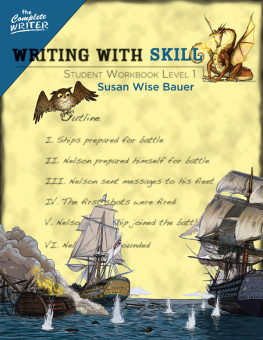

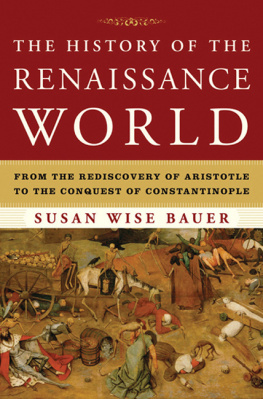
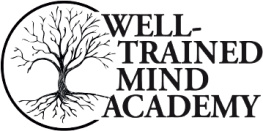
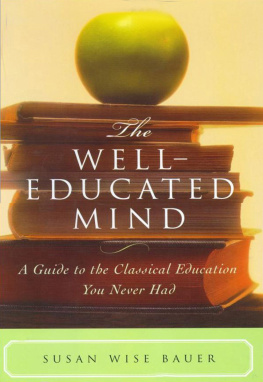

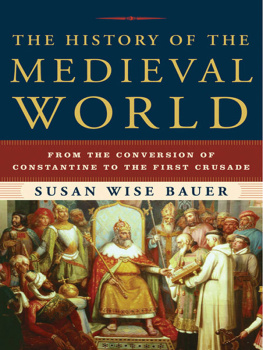
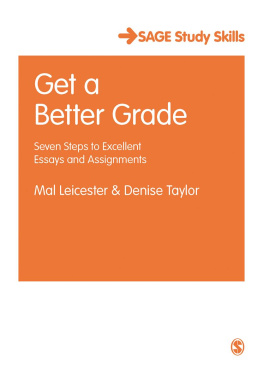

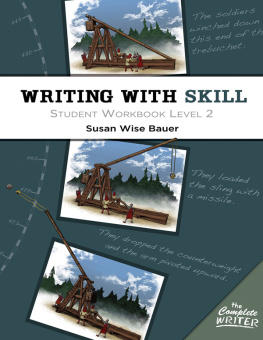
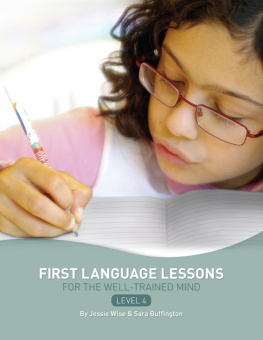
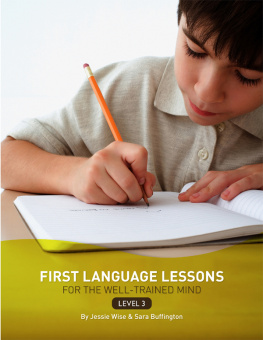
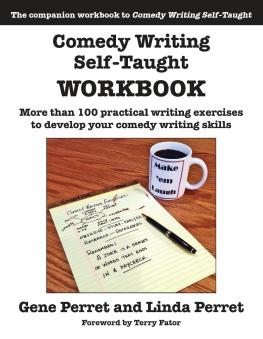
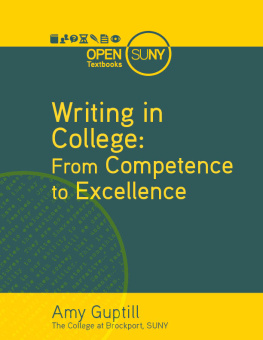
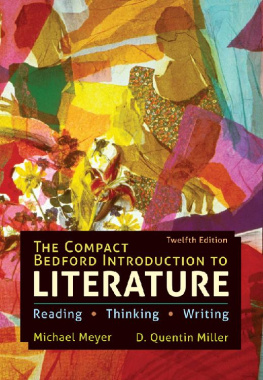

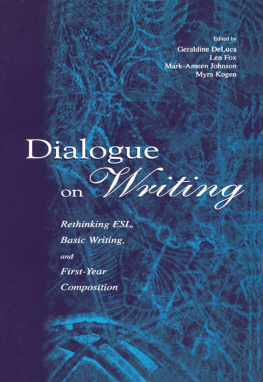

 , youre about to see the answer to a question asked in the text. Stop reading until youve answered the question yourself. Its usually best to answer the question out loudthis forces you to put the answer into specific words (rather than coming up with a vague idea of what the answer might be). Only after youve answered the question out loud should you read the answer below the line.
, youre about to see the answer to a question asked in the text. Stop reading until youve answered the question yourself. Its usually best to answer the question out loudthis forces you to put the answer into specific words (rather than coming up with a vague idea of what the answer might be). Only after youve answered the question out loud should you read the answer below the line.